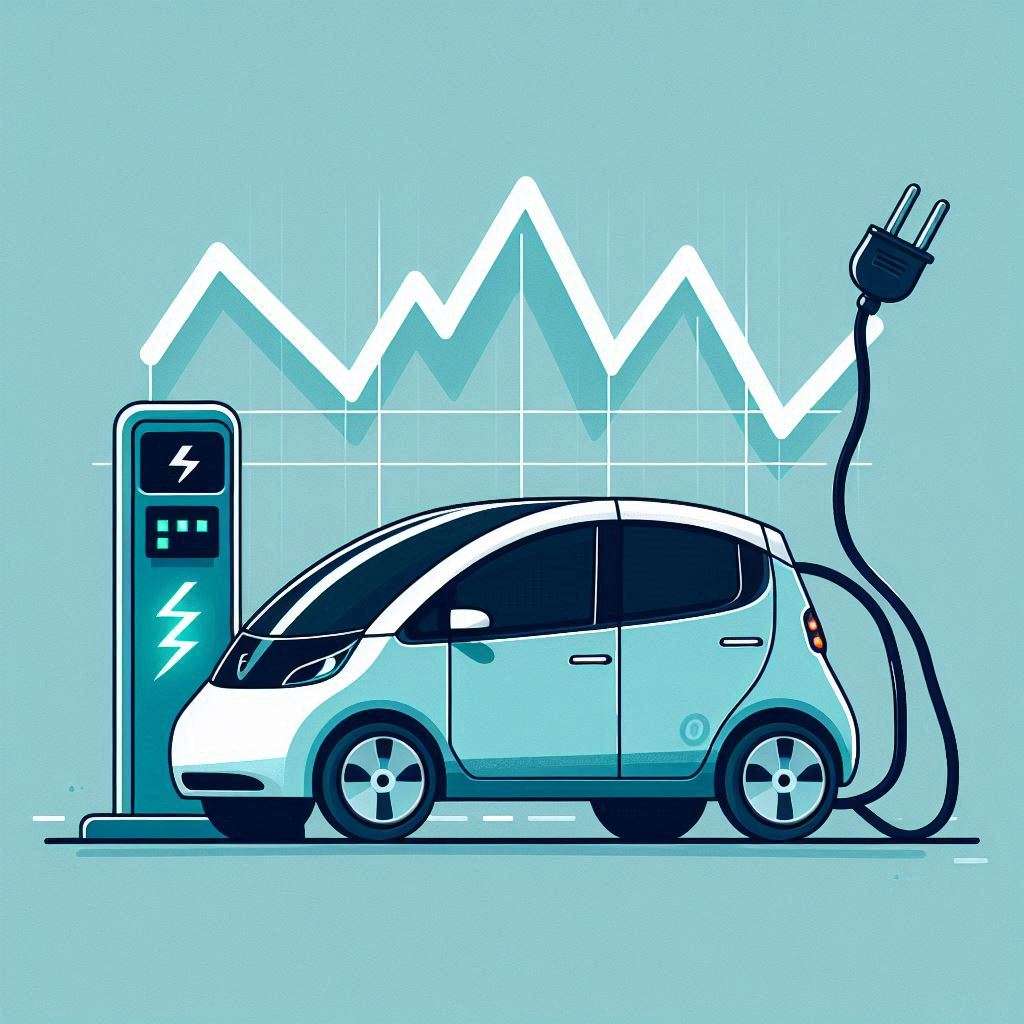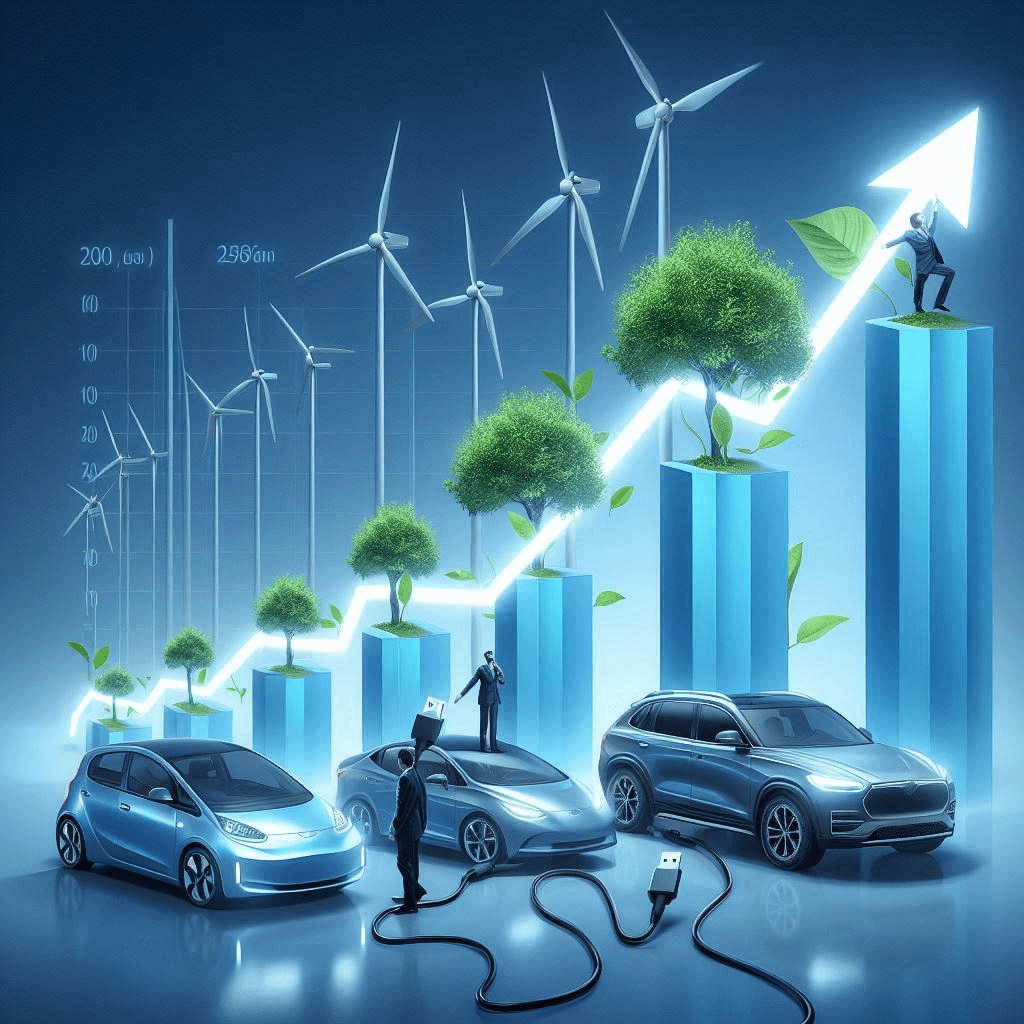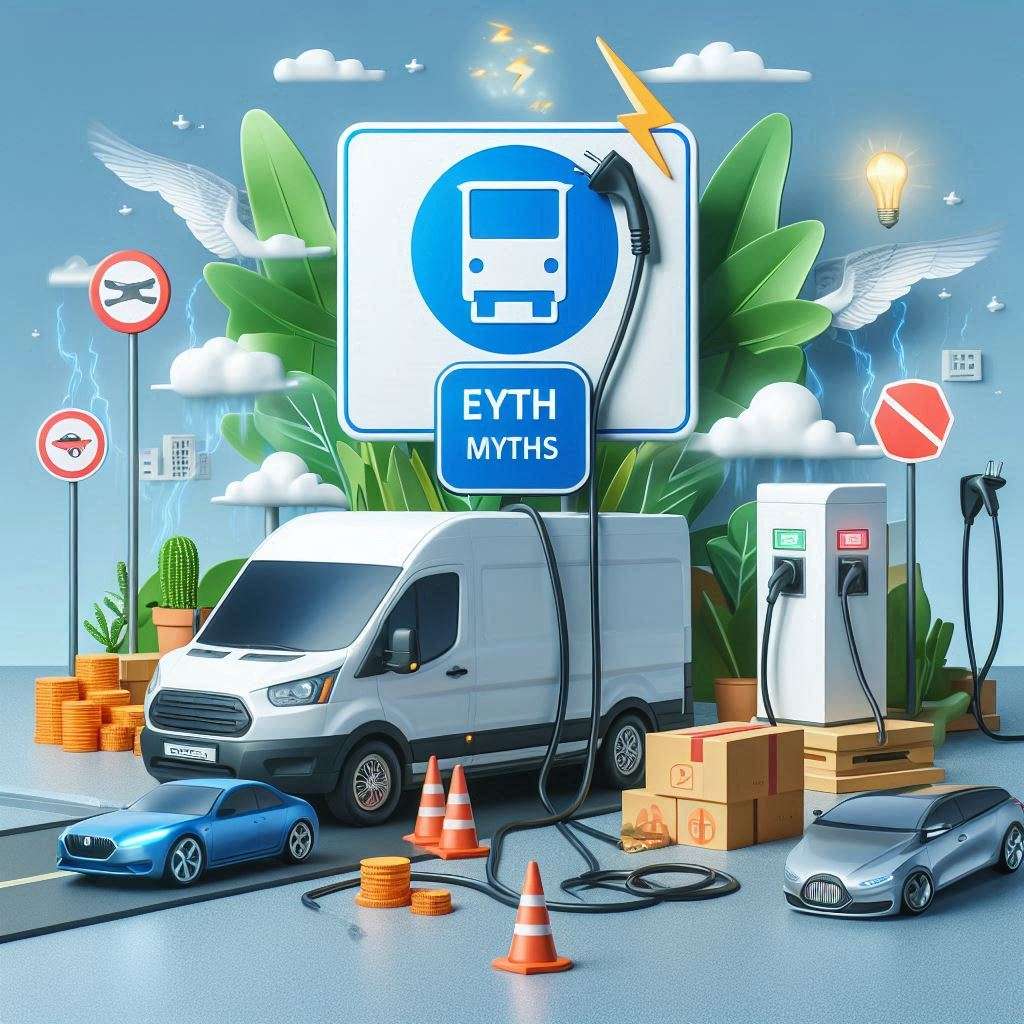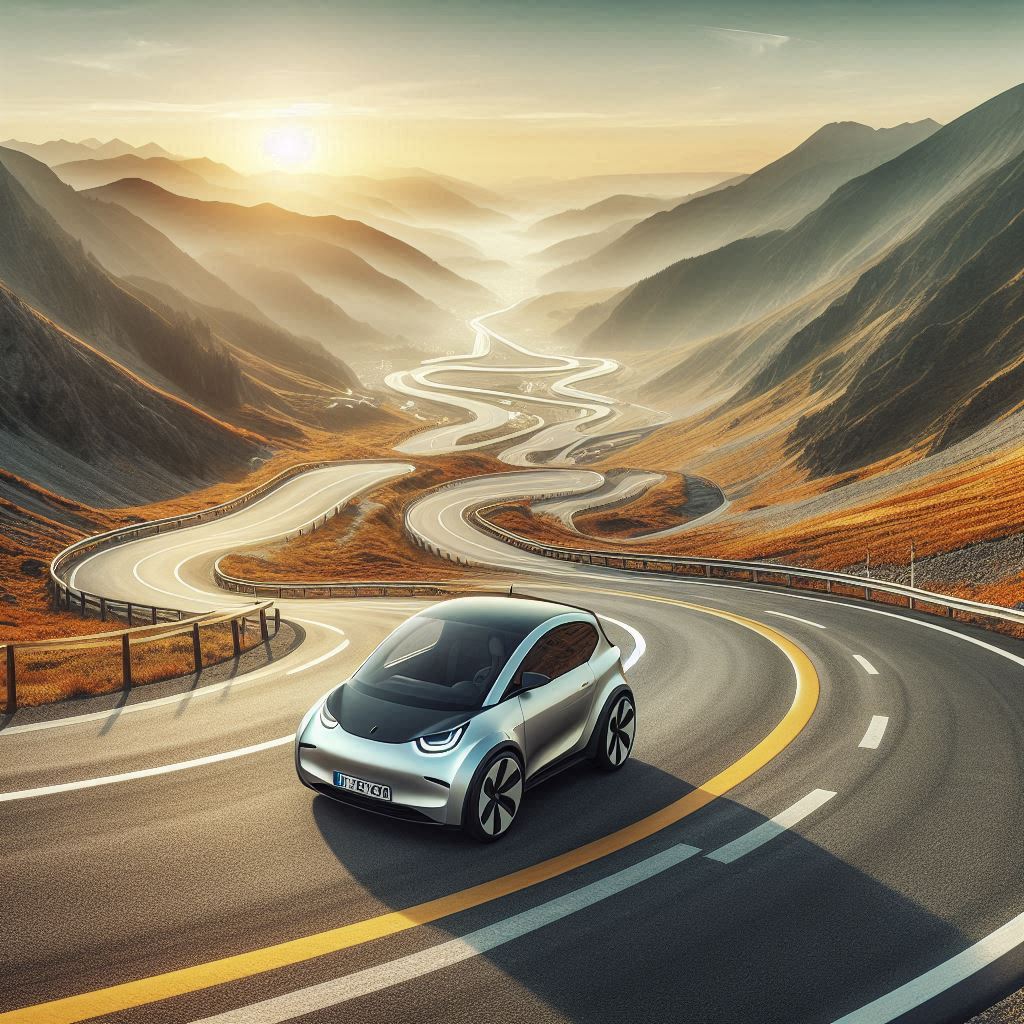Rapid Rise of Electric Vehicles: Aussies Embrace Electric Cars in Record Numbers
The Austraian automotive landscape has reached one of it’s most transformative times, as electric vehicles (EVs) surge in popularity. A popularity driven by both environmental concerns and the economic benefits these vehicles offer. You may have noticed the increasing number of EVs on the roads as traditional combustion engines give way to more sustainable options. With record sales projected to surpass 100,000 this year, we’re looking at the factors fueling this revolution.
What does it mean for your future choices in transportation?
Electric Vehicle Adoption in Australia
Australia is witnessing a remarkable shift towards electric car adoption, with record-breaking sales figures reflecting a growing commitment to sustainable transportation. In 2024, Australia is projected to cross the milestone of 100,000 EV sales annually, a significant leap considering the longstanding popularity of internal combustion engine vehicles. As drivers increasingly opt for electric options, the landscape of Australian roads is set to transform, aligning with global trends towards greener alternatives.
Current Sales Trends
Recent data reveals unprecedented demand for electric and hybrid vehicles in Australia. 30,000 battery electric and plug-in hybrid vehicle sales were recorded in just the second quarter of 2024. This is the first time Australia has surpassed 30k in a single quarter, showing a strong consumer shift towards EVs.
Factors Driving Demand
Key elements influencing this trend include:
- Economic incentives and government support
- Environmental consciousness among consumers
- Long-term cost savings on fuel and maintenance
Considering the benefits of electric cars, you may find the shift not just appealing but necessary for a sustainable future.
Convenience and technological advancements associated with modern EVs further encourage adoption. Consumers appreciate features like instant torque, quiet operation, and an expanding network of charging stations. Noteworthy factors include:
- Improved charging infrastructure across urban and rural areas
- Rising fuel prices prompting a shift towards more cost-effective alternatives
- Growing awareness of the environmental impact of traditional vehicles
Electric vehicles are becoming mainstream as a viable choice for both the eco-conscious and the cost-concious driver.


Economic Impact of Electric Vehicle Sales
One significant aspect of the rapid rise in electric car adoption is its positive economic impact. The shift towards electric mobility is not just beneficial for the environment; it also offers tangible economic advantages for consumers and the broader economy.
Cost Savings for Consumers
One of the most compelling reasons to switch to an electric vehicle is the substantial cost savings. Many EV owners report drastically reduced expenses on fuel and maintenance compared to traditional internal combustion engine vehicles. For instance, here at EV-Tips, we’ve calculated a regular monthy commute costs just $25 in electricity, compared to over $250 for our previous comparable cars (travelling around 1800km per month). This illustrates how switching to an EV can lead to significant financial relief, particularly amidst rising living costs.
Financial Incentives and Government Support
Support for electric vehicle adoption comes in the form of various financial incentives, such as rebates and tax credits. These initiatives aim to make EVs more affordable and encourage more drivers to make the switch. Electric vehicle sales figures highlight the importance of these incentives. With 30,000 battery electric and plug-in hybrid vehicles sold in just one quarter, it’s evident that the demand is strong—and leveraging financial support can enhance this momentum further.
Electric vehicle incentives vary by state, but they can significantly lower the initial purchase price or reduce running costs. This assistance is necessary, especially given the high-interest rates and cost-of-living pressures affecting many Australians. As the market for electric vehicles expands, it is crucial for governments to maintain and enhance these targeted programs to support your transition to greener alternatives. This support not only benefits individual consumers but also plays a vital role in Australia meeting its climate targets and reducing transport emissions.
Environmental Benefits of Electric Vehicles
It’s no secret that electric vehicles present a significant opportunity for reducing our environmental impact. As more Australians embrace this green technology, the benefits extend beyond personal experience, contributing to a healthier planet and improved living conditions across the entire community.
Reduction in Carbon Emissions
Environmental experts emphasize that electric vehicles dramatically decrease carbon emissions compared to internal combustion engine vehicles. With Australia aiming for a target of 100,000 EV sales in 2024, switching to electric means you’re not only choosing a cleaner vehicle but also playing a big role in meeting national climate goals.
Improvement in Air Quality
On a local level, you can see positive impacts of EVs on air quality. By reducing harmful exhaust emissions, Austalian electric cas contribute to healthier urban environments and promote respiratory health among communities. This shift is particularly pertinent as Australia sees a surge in EV numbers, with over 30,000 sales in a single quarter, indicating a collective move towards cleaner transportation options.
Vehicles that rely on fossil fuels are known to emit pollutants that can harm your health and the environment. In contrast, the rise of electric vehicles enables you to be part of a movement that aims to clear the air in cities and neighborhoods, creating more breathable spaces. Studies reveal that reducing air pollution can lead to a remarkable decrease in respiratory diseases, benefitting not only you but also future generations. Embracing electric vehicles is an investment in a cleaner, healthier environment for all.

Consumer Perceptions and Misconceptions
Many consumers are still grappling with misconceptions about electric cars, despite the record adoption rates seen in Australia. As the electric vehicle market continues to grow, it is important to differentiate fact from fiction to make an informed decision about transitioning to an EV. Understanding these perceptions will not only help to ease potential concerns but also encourage more individuals to embrace this green movement.
Here at EV-Tips we’ve been busting myths in our Myth Busting Collection.
Addressing Common Myths About EVs
To debunk some prevalent myths, it is crucial to recognize that electric vehicles are more affordable to own and operate than traditional internal combustion engine vehicles. Studies show that many Australians have reported significant savings, like one owner who calculated a total charging cost of just $133 over a year compared to $2,375 for their previous ICE car. One of our writers here at EV-Tips has proved an electricity bill of $25 a month, down from over $250 in diesel.
The Role of Education in EV Adoption
Any successful transition to electric vehicles hinges on increasing awareness and understanding of their benefits. Educating yourself about the advantages, potential savings, and the environmental impact of EVs is key to overcoming reluctance and misinformation.
Role of education cannot be overstated; targeted programs and reliable information play a significant part in influencing consumer decisions. With the Electric Vehicle Council noting “unprecedented” sales figures, it’s clear that Australians are eager to learn about and adopt EV technology. These sales reflect a clear desire for change, making it vital for governments and industries to provide accessible, accurate resources that empower you to fully grasp the value of electric vehicles and encourage their widespread adoption. By arming yourself with knowledge, you become an advocate for the climate-conscious future that EVs represent.
Regional Variations in Electric Vehicle Popularity
Now, as Australia surges toward a record of 100,000 electric vehicle sales this year, regional variations highlight the diverse embrace of this green technology. Factors such as state incentives, urban infrastructure, and local awareness contribute significantly to the popularity of EVs across different areas.
State-by-State Sales Analysis
With each state demonstrating different adoption rates, understanding these nuances can help you gauge where EVs are most popular. For instance, states with robust incentives and infrastructure, like New South Wales and Victoria, are witnessing higher sales figures, reflecting a burgeoning market for electric and hybrid vehicles.
Infrastructure Availability and Challenges
State by State, the availability of EV charging infrastructure is possibly the most important factor in a consumer’s decision to adopt electric technology. While metropolitan areas might boast a network of charging stations, regional locations often struggle with limited access, making it challenging for potential EV owners to switch.
We also need to remember that we don’t need to replace every petrol bowser with an EV charger. The prevalence of home charging, and some users reporting more than 90% of their charging done in their driveway means demand for public charging will never be as high as demand for petrol stations. Even taking in to account those that can’t charge at home, demand for public charging will always be lower. After all, not many people can make ICE fuel at home, with the exception of a very small number of biofuel advocates. Biofuel is messy and difficult to make, not to mention dangerous if you don’t follow the exact procedures.
The inconsistency in infrastructure availability presents both a challenge and an opportunity. While urban centers are increasingly equipped with fast-charging stations, rural areas may lag behind, limiting your charging options. Addressing these disparities is imperative for supporting broader EV adoption, ensuring that all Australians can benefit from the economic and environmental advantages of electric vehicles. As the demand for EVs continues, it’s vital for governments and private sectors to collaborate on enhancing charging networks so you can transition smoothly to a more sustainable mode of transport.
Rural living does, in general, mean better opportunities for home charging, including the ability to install home chargers, as well as solar or wind generation for even cheaper electricity, somewhat reducing the demand for public charging infrastructure in the bush. There will always be visitors and travellers who can’t access home charging while on a trip, but again, public charging won’t need to be on the same scale as petrol stations,


Future Outlook for Electric Vehicle Market
Your journey into the electric vehicle (EV) world is just beginning, and the future looks promising. With Australia expected to hit the remarkable milestone of 100,000 electric vehicle sales this year, industry experts predict continued annual sales growth. The shift towards EVs reflects a broader global trend, supported by government incentives and heightened environmental awareness. As more Australians recognize the cost-saving benefits and environmental impact of electric vehicles, you can expect sales to maintain their upward trajectory, potentially surpassing current records.
Predictions for Annual Sales Growth
On a trajectory marked by unprecedented demand, EV sales in Australia are projected to sustain growth in the coming years. As infrastructure improves and more models become available, your options as a consumer will broaden, further accelerating adoption rates. Experts predict that with the integration of supportive policies and increased public awareness, annual sales could exceed 150,000 units by as early as 2025.
Potential Barriers to Further Adoption
Future growth in the electric vehicle market may face several hurdles that could hinder widespread adoption. While demand is surging, challenges such as the perceived high upfront purchase costs, limited charging infrastructure, and misinformation about EV performance and savings can deter potential buyers. Addressing these barriers will be crucial for maintaining momentum in the shift towards electrification.
Potential barriers to further adoption of electric vehicles include a combination of economic and infrastructure-related challenges. The initial costs associated with purchasing an EV can be off-putting for many consumers, especially in the current climate of rising living expenses. Additionally, while sales figures illustrate a growing trend, the current charging infrastructure in Australia may not fully meet the demand as more drivers transition to electric. Misinformation about EVs being less economical compared to traditional internal combustion engine vehicles could also discourage potential buyers. Navigating these challenges will be vital for you if you are considering making the switch to an electric vehicle.
Final Words
You are witnessing a historic shift in Australia as electric vehicles gain traction among consumers, driven by record sales and a growing commitment to sustainability. With the country on track to exceed 100,000 EV sales, this undeniable trend reflects your desire for environmentally friendly options amid economic challenges. By embracing electric vehicles, you not only save on costs but also contribute to reducing emissions and pollution. As the market continues to evolve, your participation in this green movement will play a vital role in shaping a sustainable future.
If you’re looking to buy an electric car, check out our articles on the economics of owning an EV and keeping charging costs low.
Just imagine what’s going to happen when electric utes become viable and common. All those tradies getting electric utes are going to blow the lid off the EV market, but we’re not quite there yet, as my electric utes article shows.



